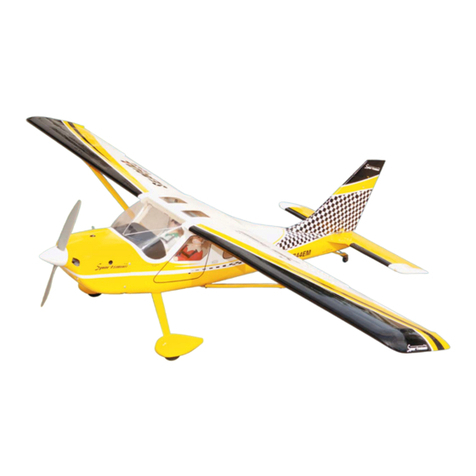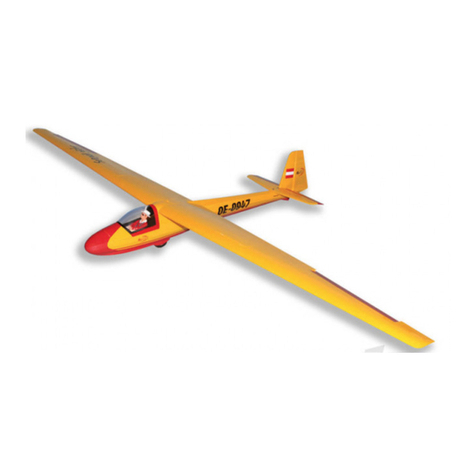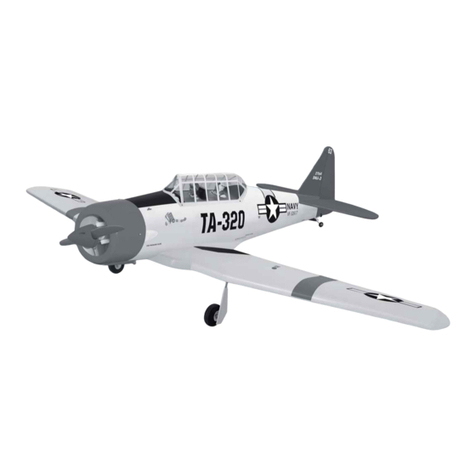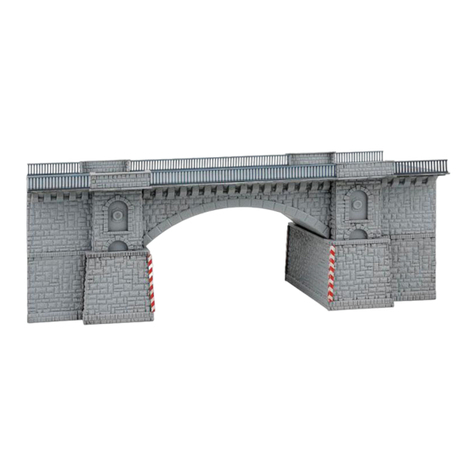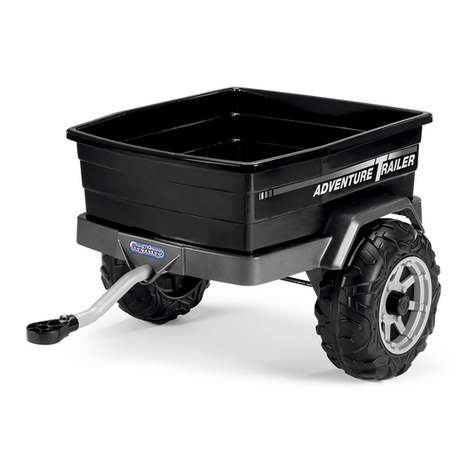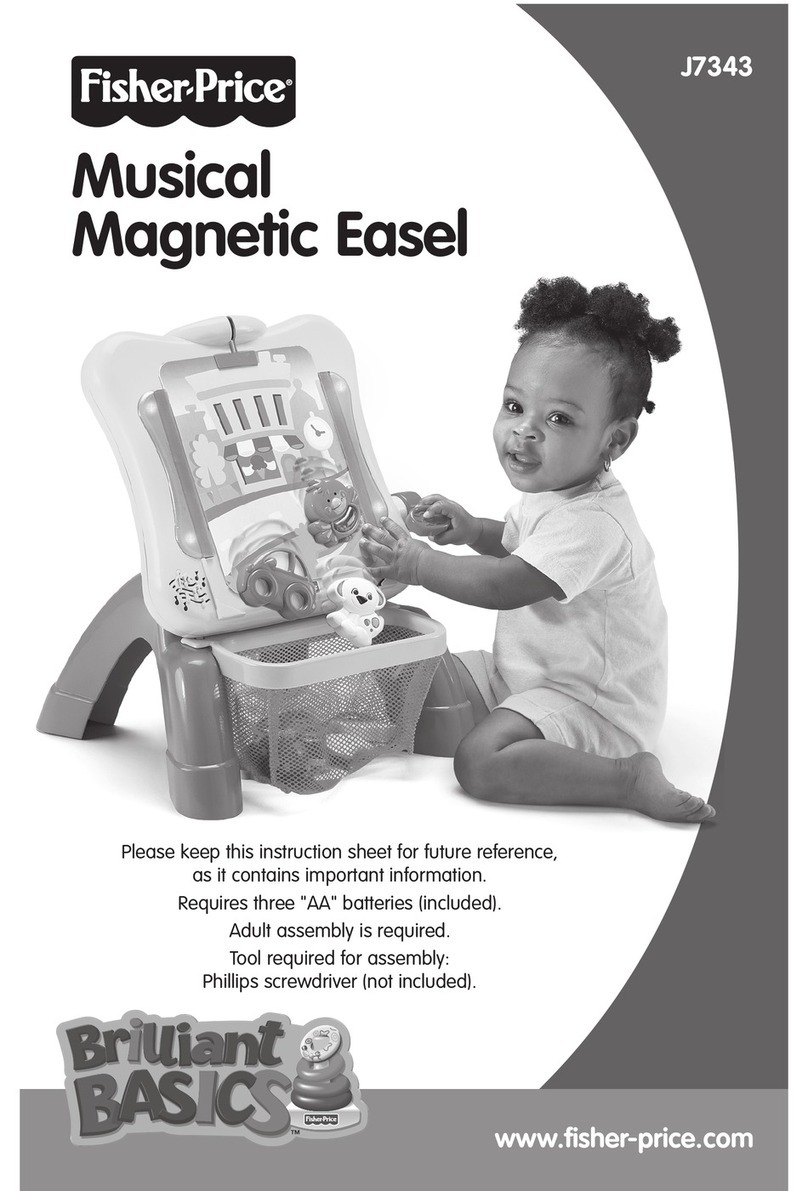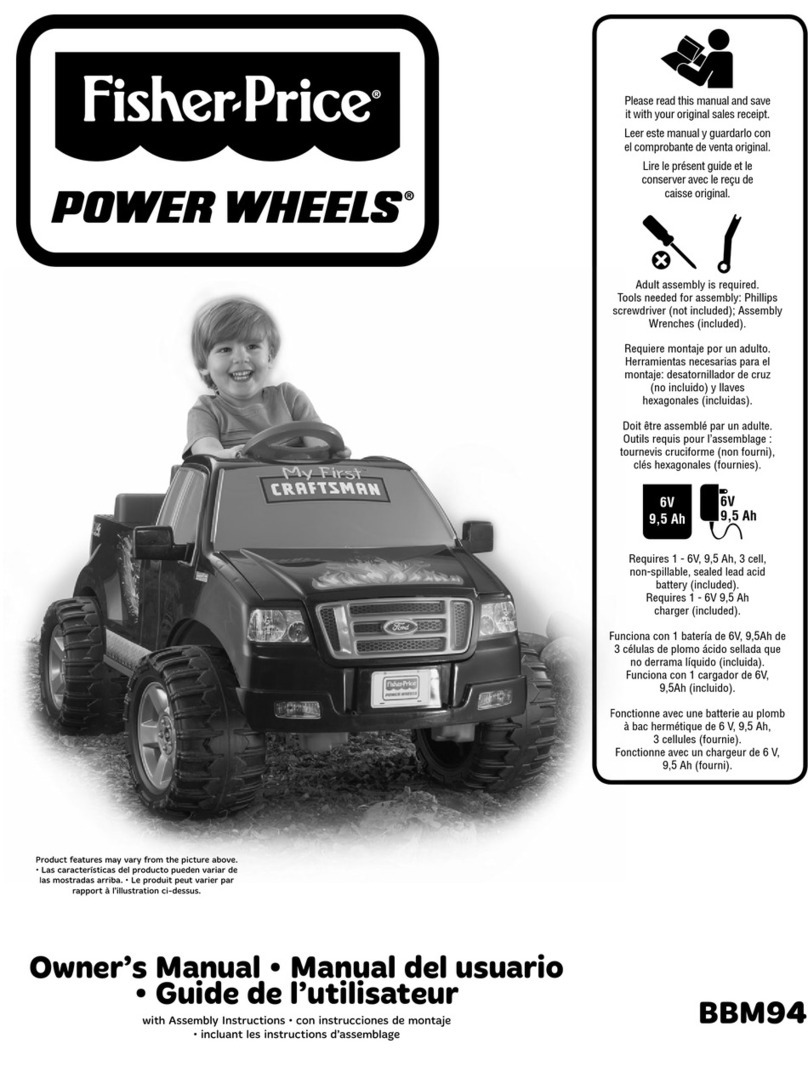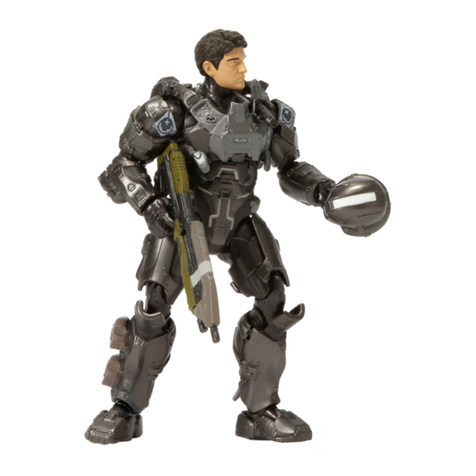Seagull Models SPARROW HAWK 1.6-2.0 User manual




















This manual suits for next models
1
Table of contents
Other Seagull Models Toy manuals
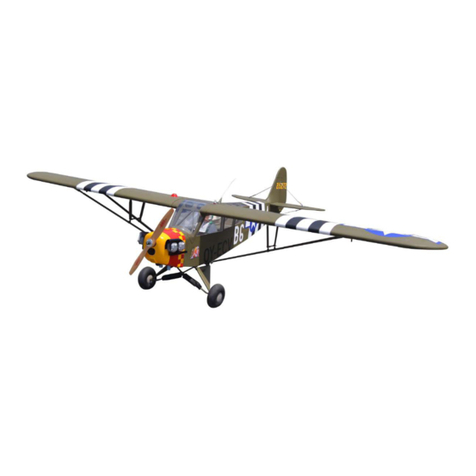
Seagull Models
Seagull Models L-4 Grasshopper 90 inches User manual
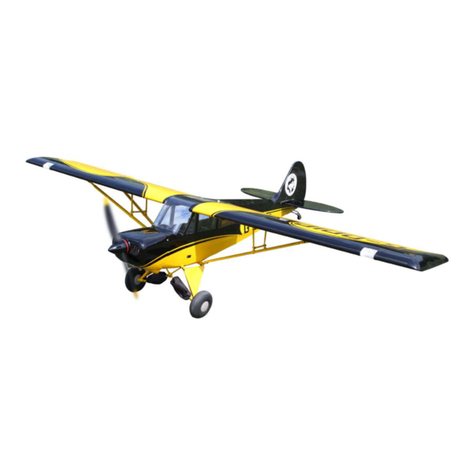
Seagull Models
Seagull Models Aviat A-1C Christen Husky 80 User manual

Seagull Models
Seagull Models AT-6 TEXAN User manual
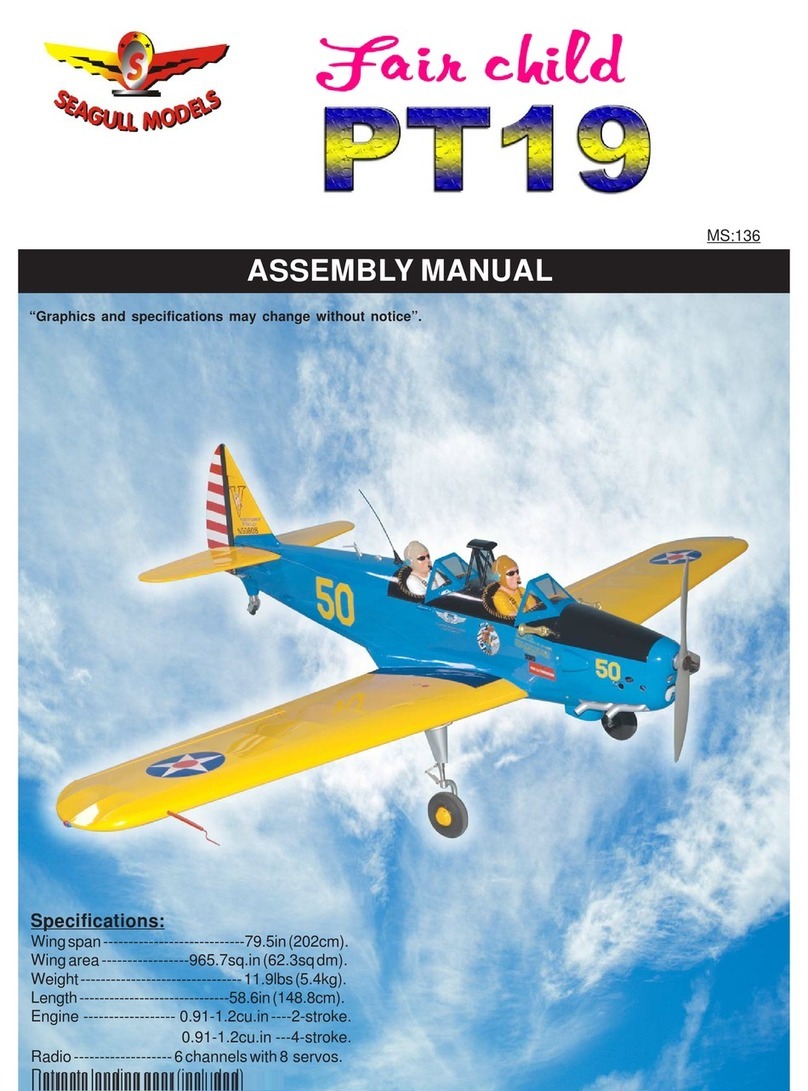
Seagull Models
Seagull Models fair child PT19 User manual
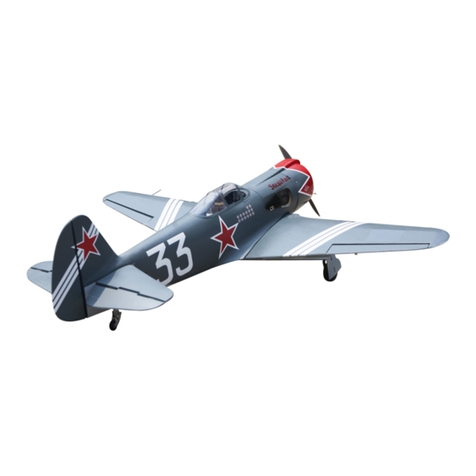
Seagull Models
Seagull Models YAKOVLEV YAK 3 ARF User manual
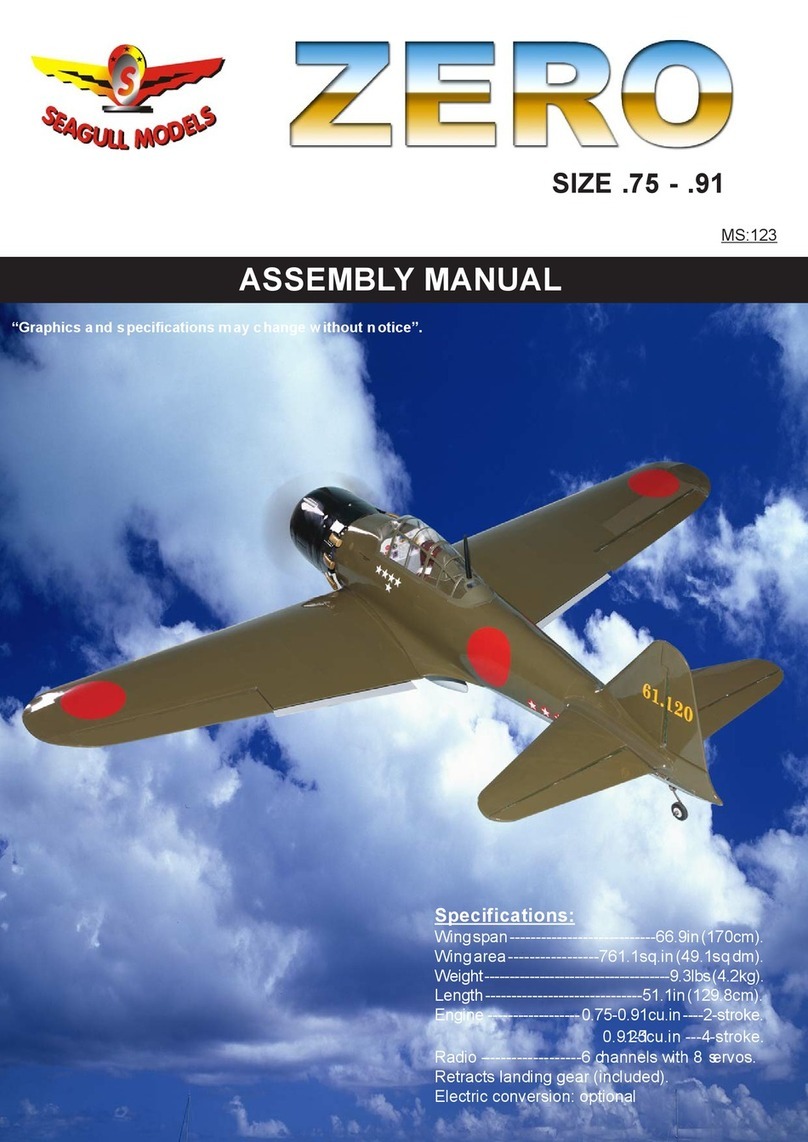
Seagull Models
Seagull Models ZERO MS:123 User manual

Seagull Models
Seagull Models DECATHLON ARTF User manual

Seagull Models
Seagull Models SAVAGE CRUISER MS:195 User manual
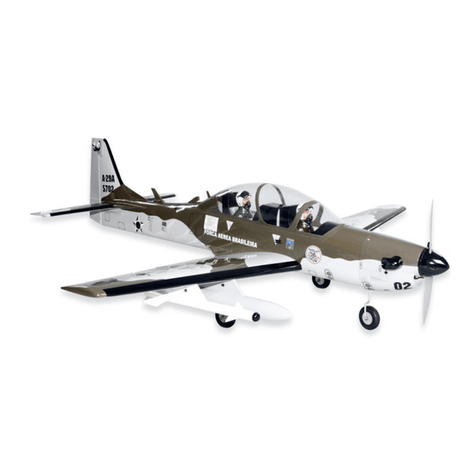
Seagull Models
Seagull Models SUPER TUCANO User manual
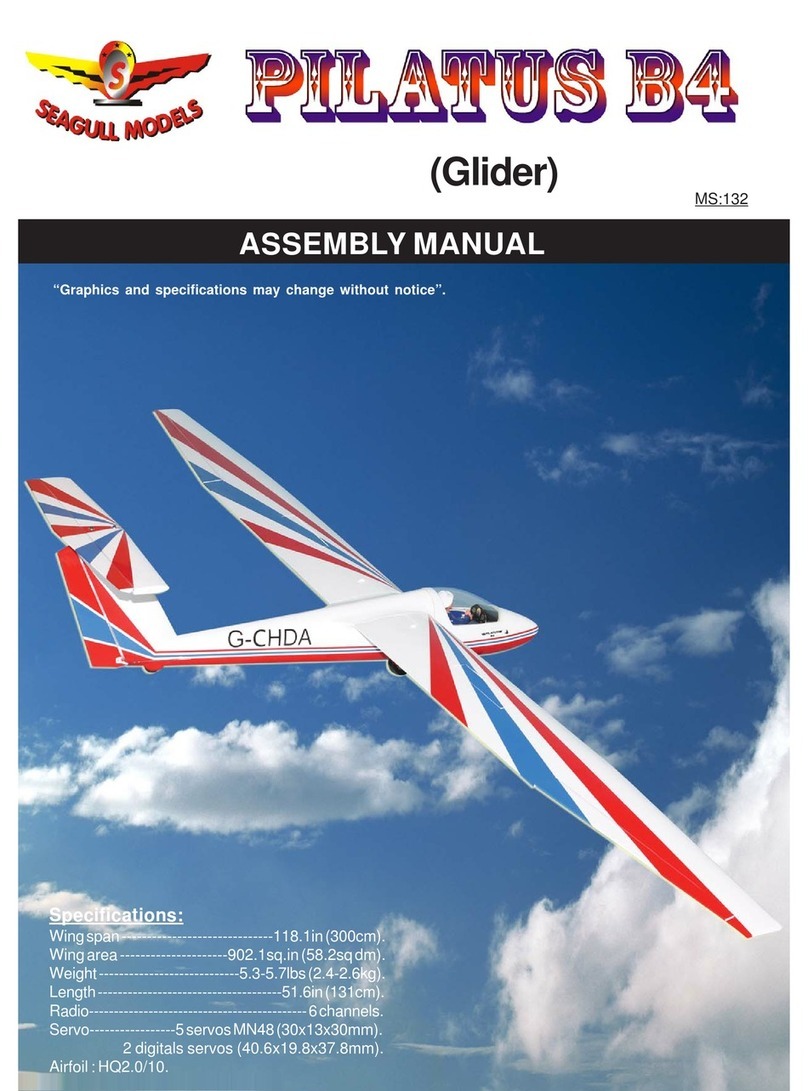
Seagull Models
Seagull Models PILATUS B4 User manual
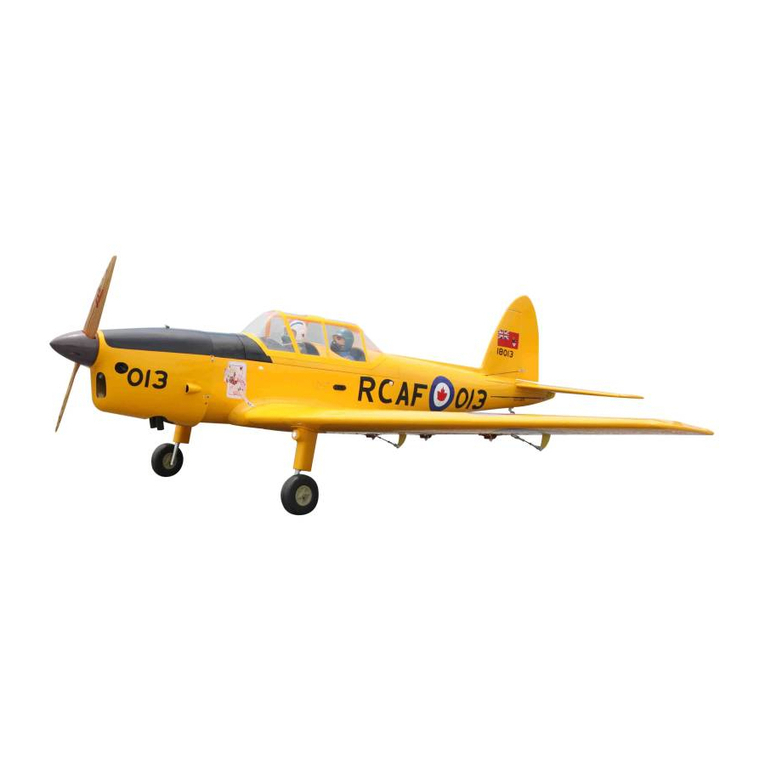
Seagull Models
Seagull Models DHC-1 Chipmunk User manual
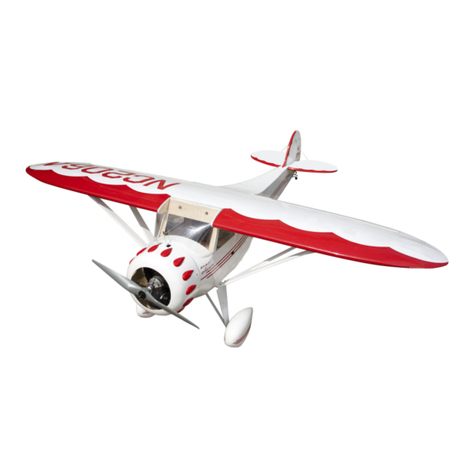
Seagull Models
Seagull Models SEA231 User manual
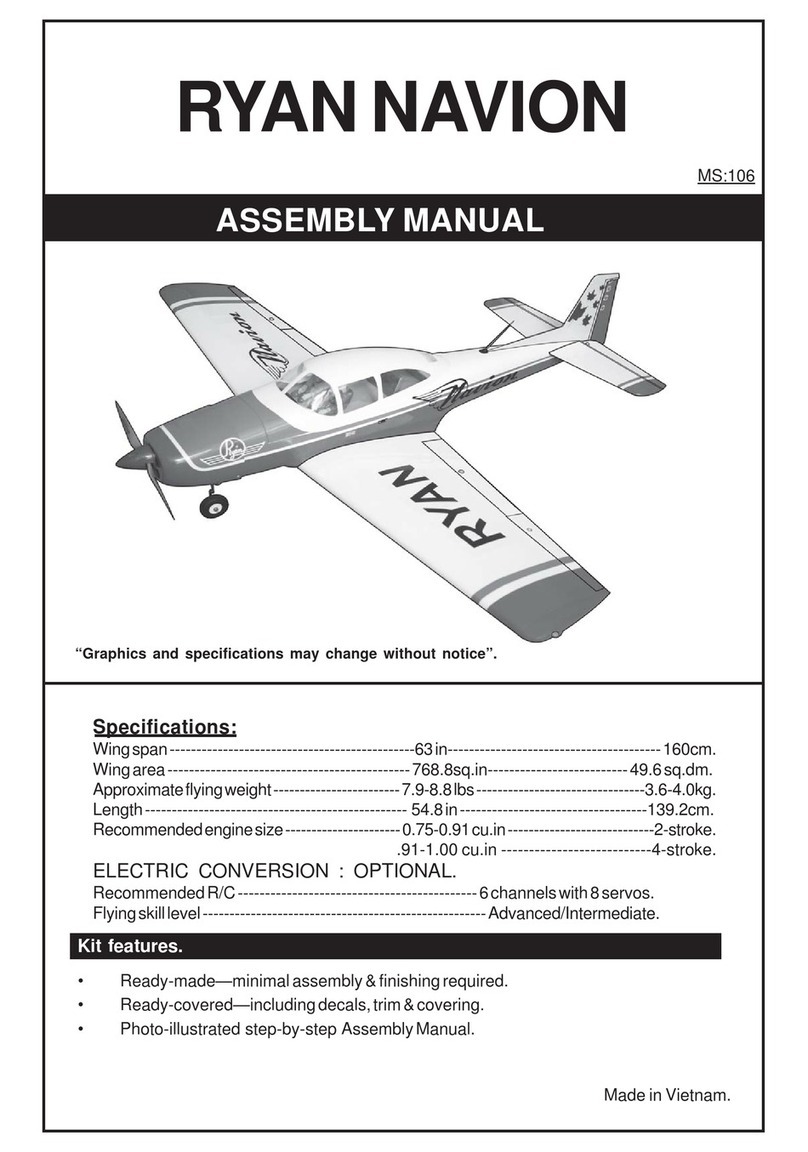
Seagull Models
Seagull Models Ryan Navion User manual
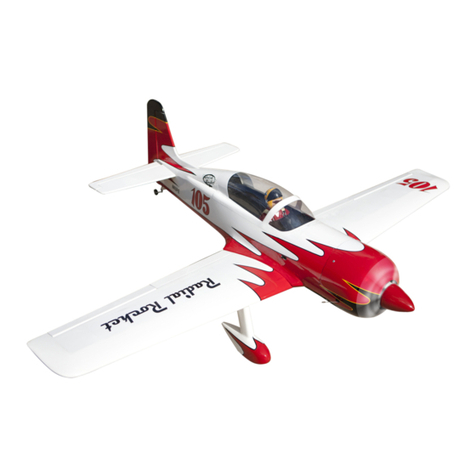
Seagull Models
Seagull Models Radial Rocket JD 10cc User manual
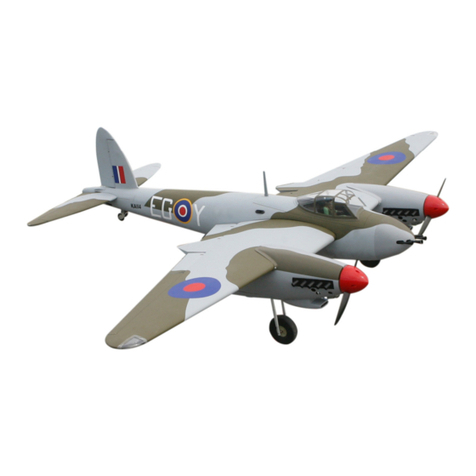
Seagull Models
Seagull Models SEA 285 User manual

Seagull Models
Seagull Models NIEUPORT 28 REPLICA User manual
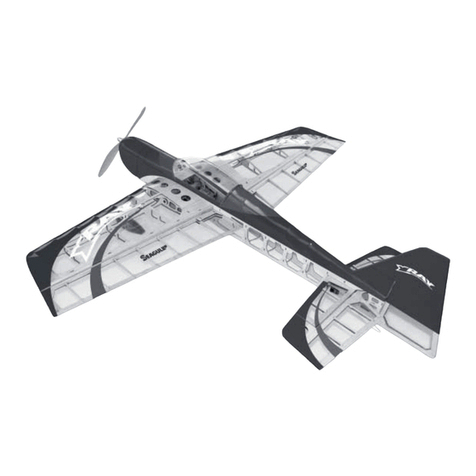
Seagull Models
Seagull Models X-RAY User manual
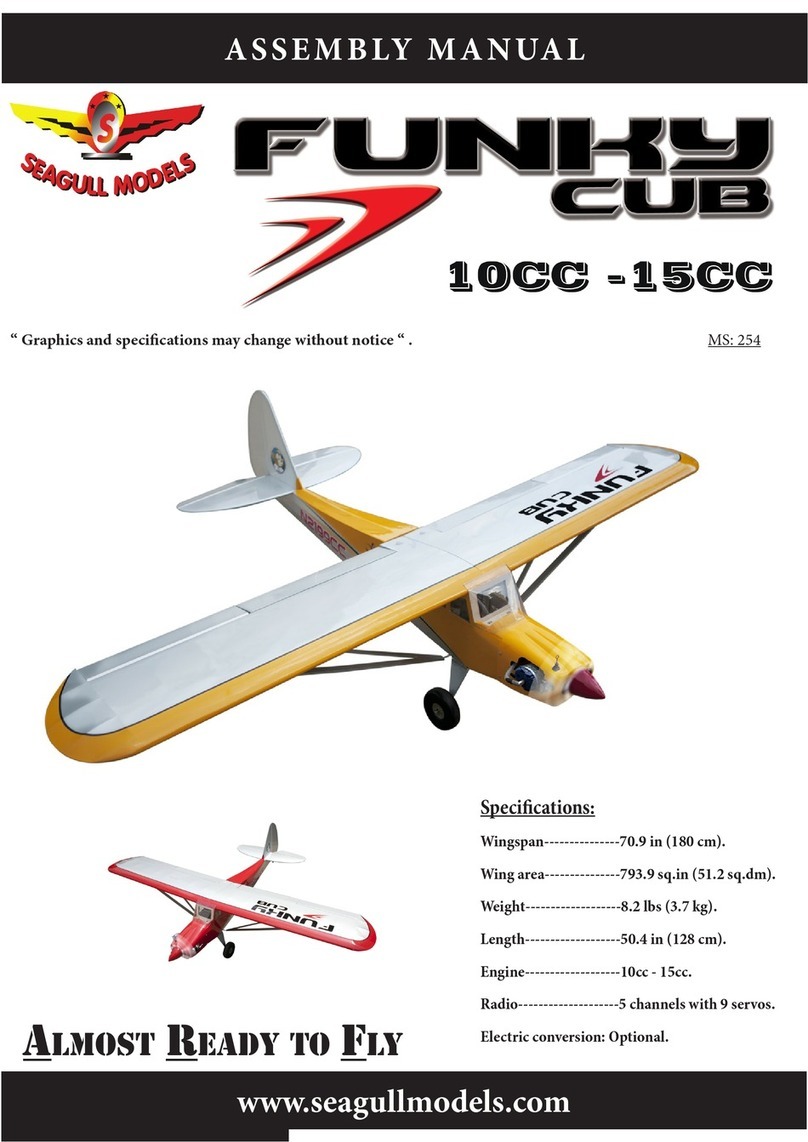
Seagull Models
Seagull Models ISPORTS 10cc User manual

Seagull Models
Seagull Models SUPERMARINE SPITFIRE MK VB AB910 User manual
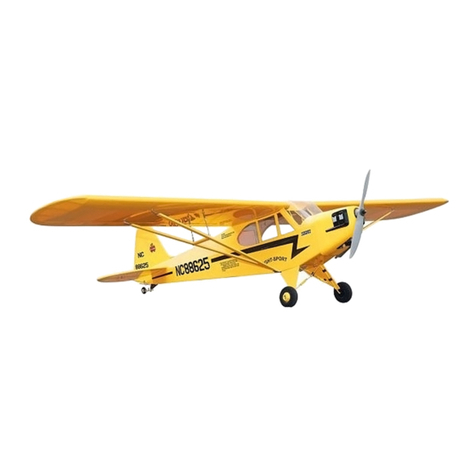
Seagull Models
Seagull Models Piper Cub User manual
Popular Toy manuals by other brands
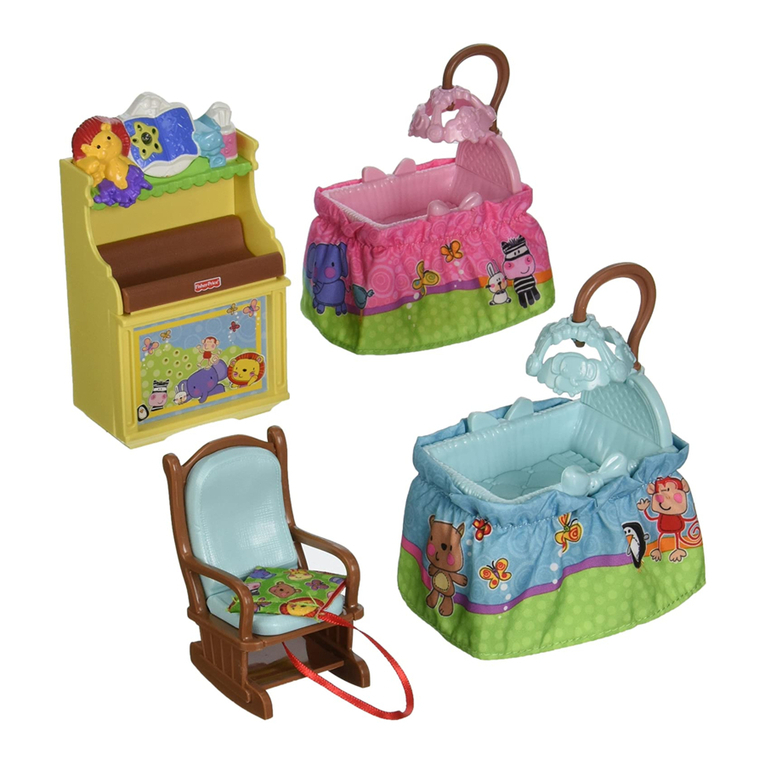
Fisher-Price
Fisher-Price W8787 manual
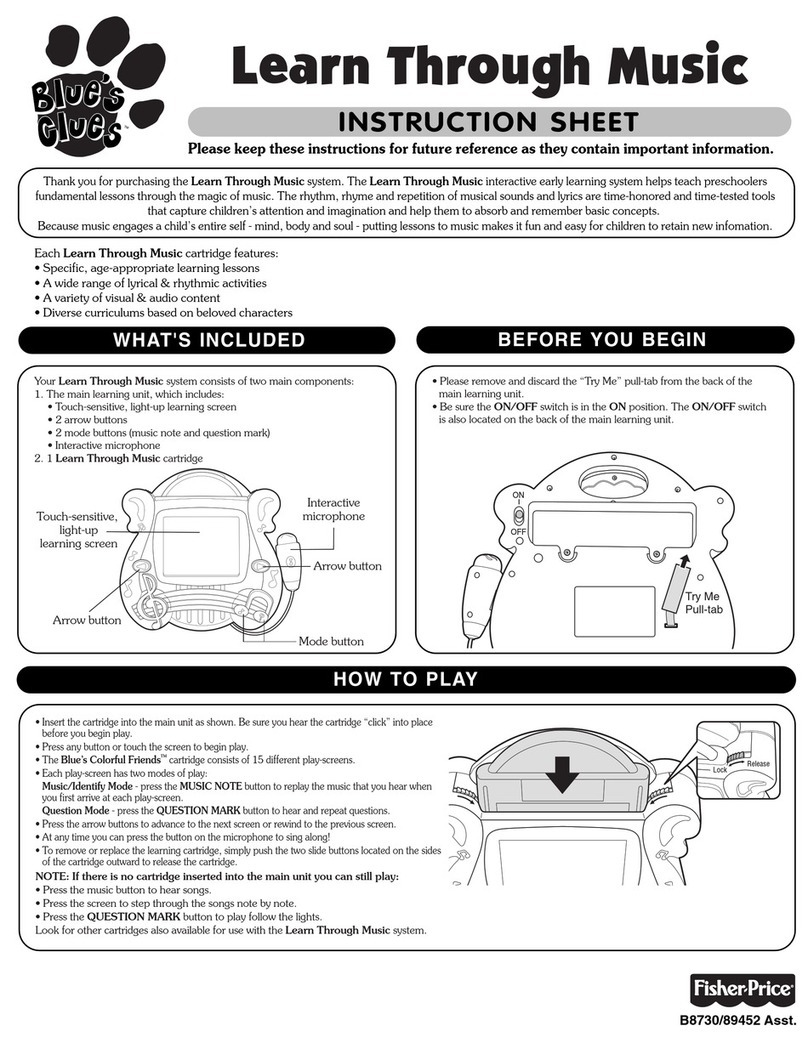
Fisher-Price
Fisher-Price Learn Through Music Blue's Clues instruction sheet
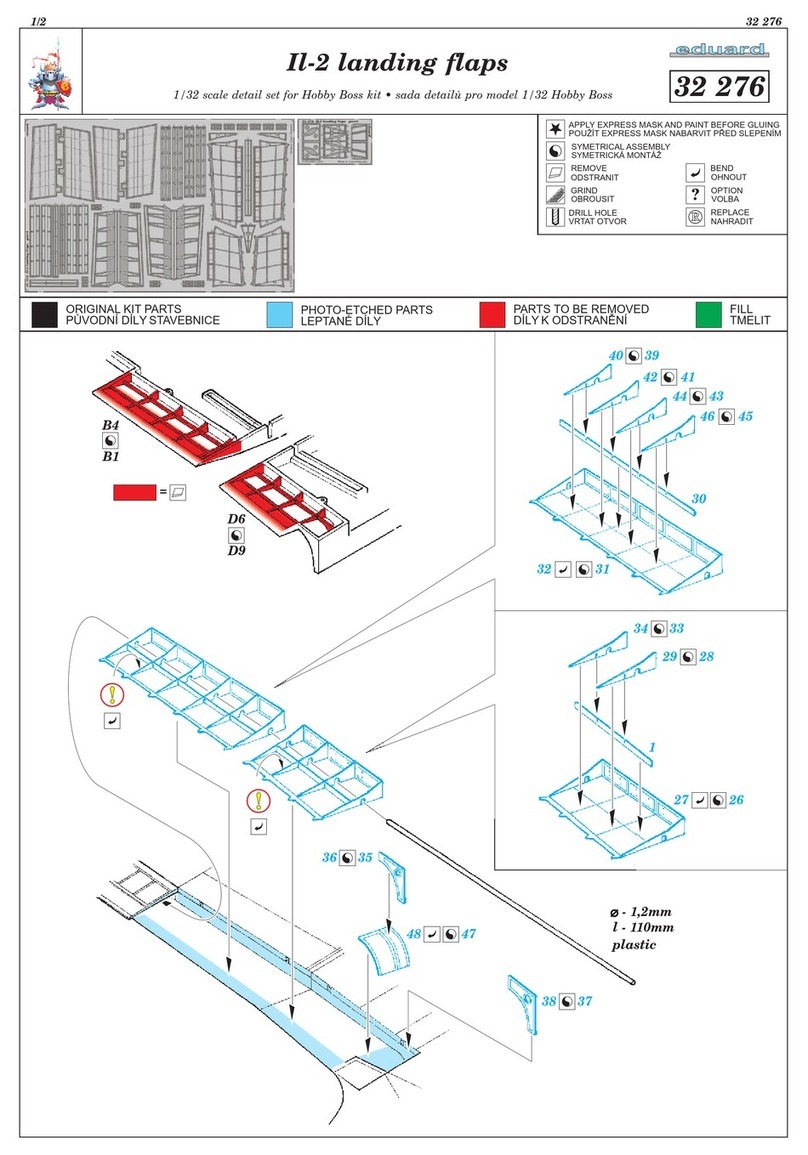
Eduard
Eduard Il-2 landing flaps quick start guide

LeapFrog
LeapFrog Musical Rainbow Tea Party Parents' guide
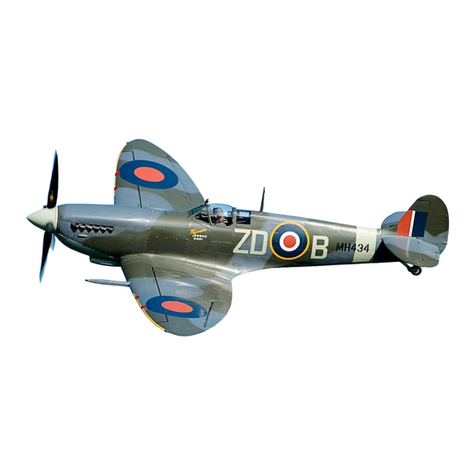
THE WORLD MODELS
THE WORLD MODELS SPITFIRE EP instruction manual
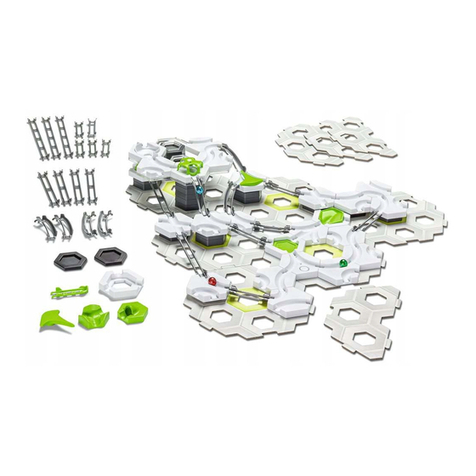
GraviTrax
GraviTrax STARTER SET LITE manual

Horizon Hobby
Horizon Hobby Hangar 9 Solo Assembly manual
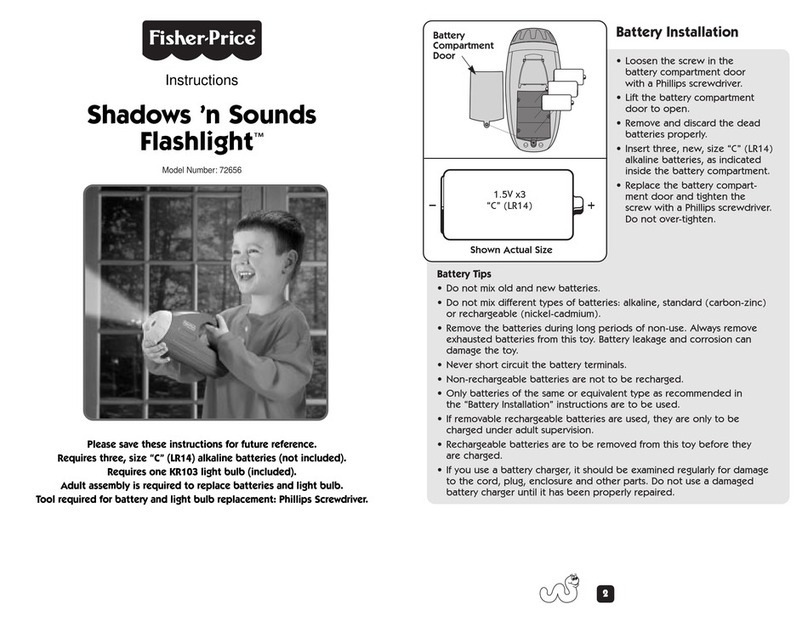
Fisher-Price
Fisher-Price Shadow 'n Sounds Flashlight 72656 instructions
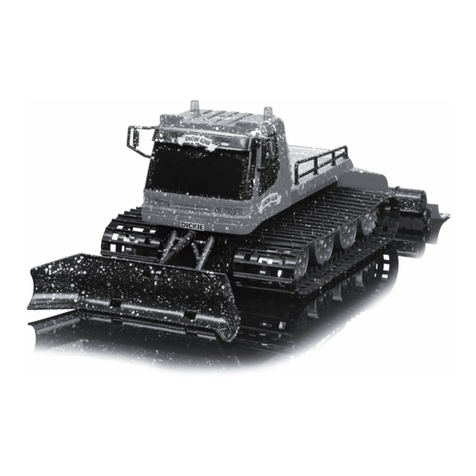
DICKIE TOYS
DICKIE TOYS SNOW KING operating instructions
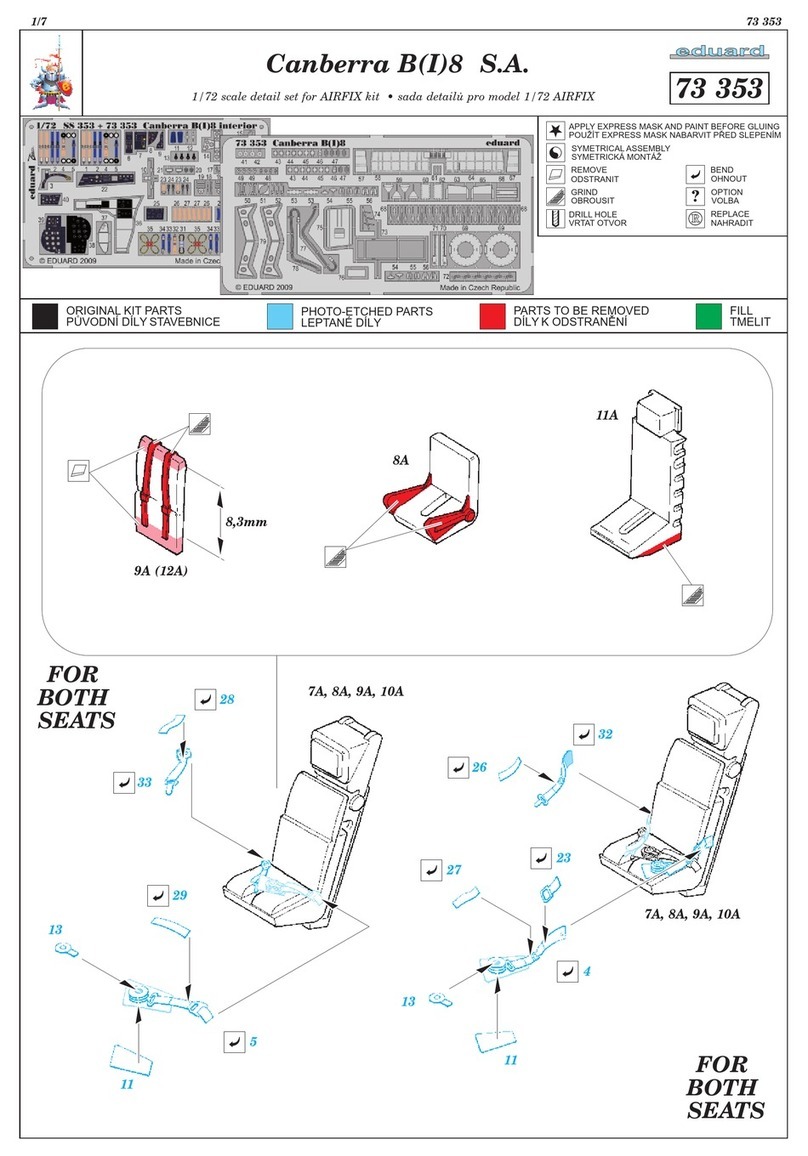
Eduard
Eduard Canberra B(I)8 S.A. quick start guide
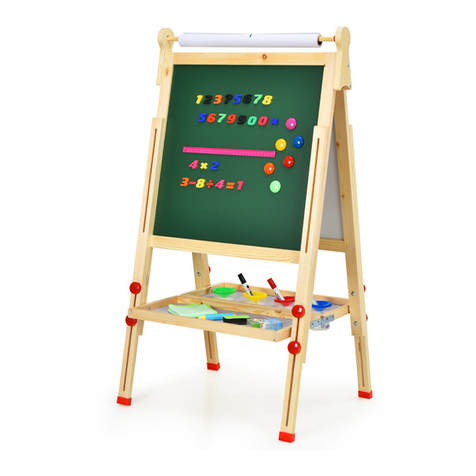
Costway
Costway TY328031 user manual

THE WORLD MODELS
THE WORLD MODELS 50CC SKY LINK instruction manual
